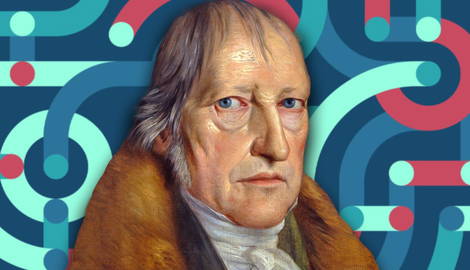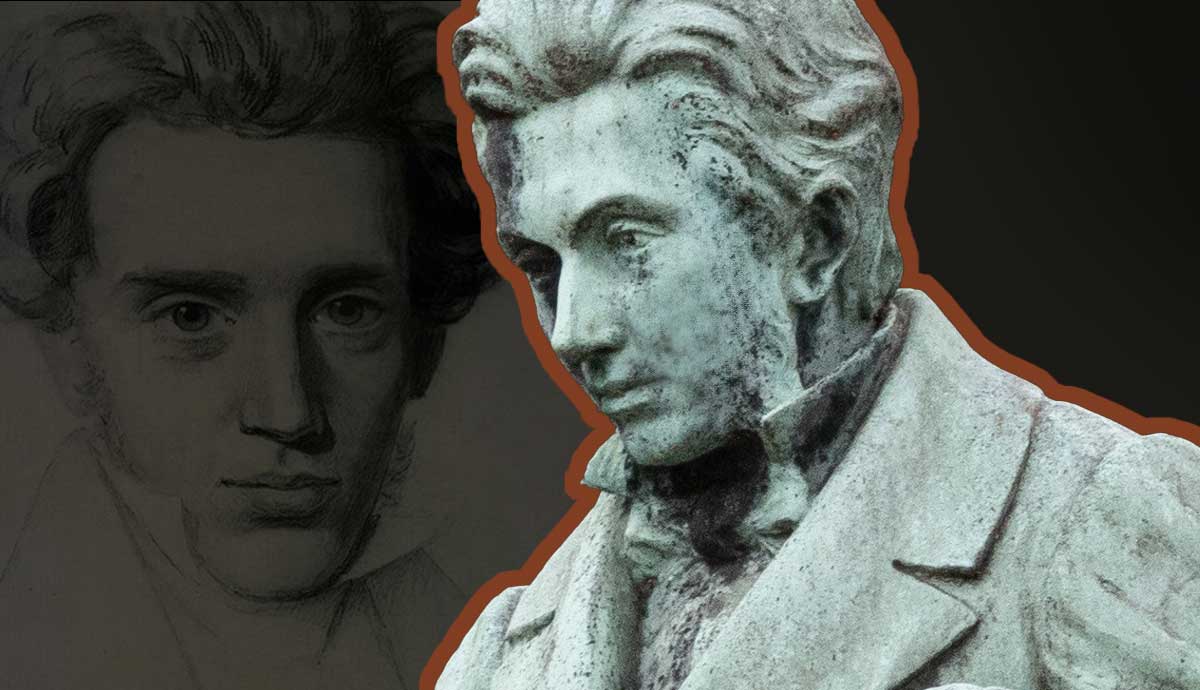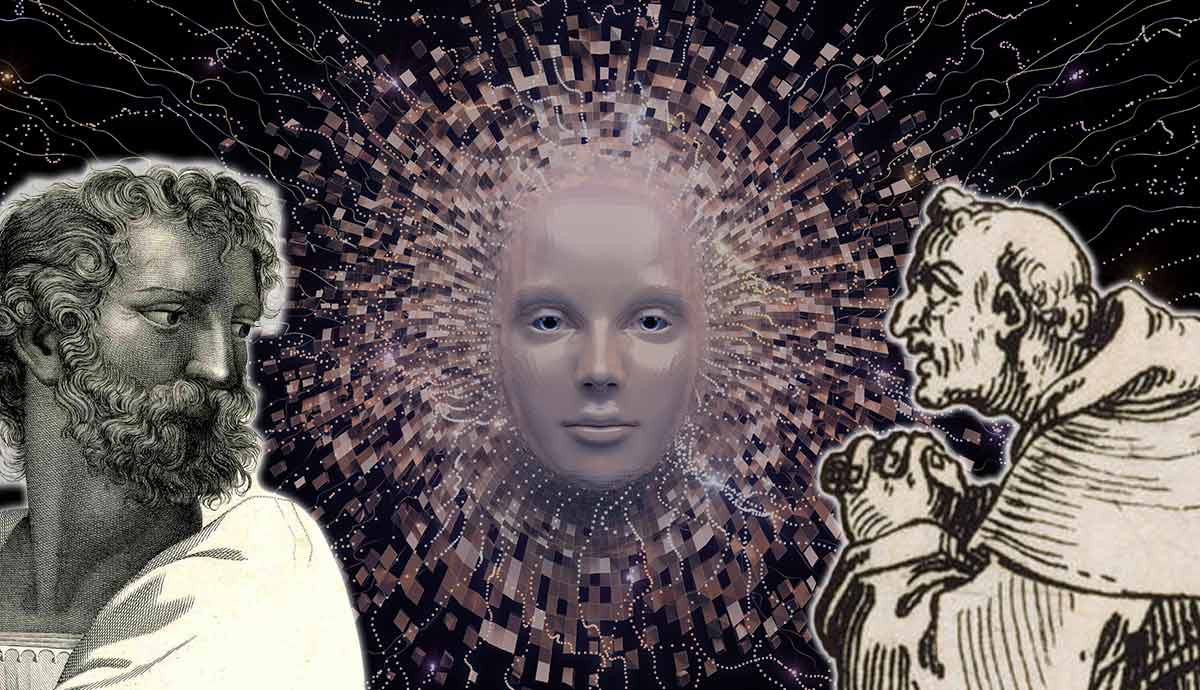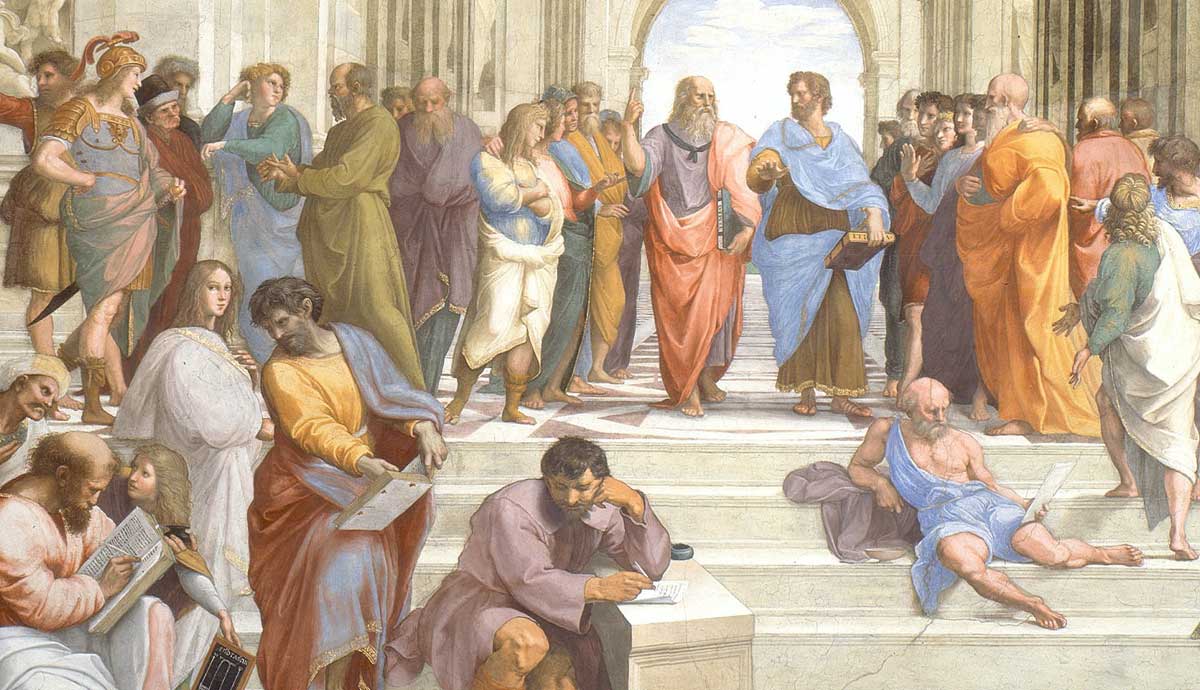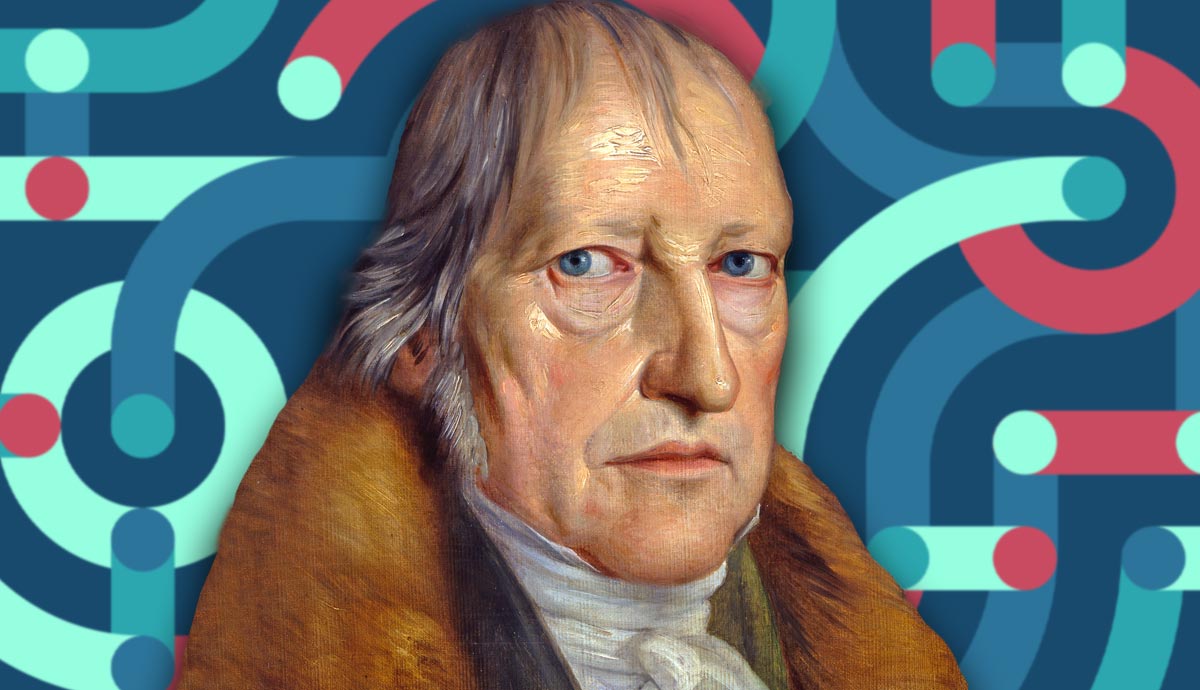
summary
- Hegel’s dialectic method is foundational to his philosophy, appearing in most of his major works.
- The method involves a three-stage process: thesis, antithesis, and synthesis, which drives logical development.
- Hegel believed logic studies objective reality, asserting that thought and reality are interconnected.
- The absolute idea is the ultimate endpoint of the dialectical process, encompassing all determinate reality.
When considering Hegel’s contribution to logic, nothing is more significant than his dialectic method. The method is prevalent in almost all his works, most notably Logic, Philosophy of History, and Phenomenology of Spirit. He describes it as “the only true method” and the basic principle of all his theories. What does the dialectic method consist of, and how does it shape Hegel’s philosophy?
Hegel’s Conception of Logic

In the introduction to his Science of Logic, Hegel tells us that the goal of logic is truth. However, he is not referring to the traditional understanding of logic, analysing the statement purely by its form and not diving into the content of it. Because, after all, the content can be anything. Logic usually studies the form of argument, such as follows:
Everything that is A is B
x is A
Therefore, x is B
Here, we have a form without content. We could write “human,” “mortal,” and “Socrates” for A, B, or x. The argument would be valid in either case, but not necessarily true. That’s why logicians conclude that logic tells us nothing about the actual world. Hegel takes this stance as well. Therefore, when he says that the goal of logic is truth, he is certainly not referring to the formal logic we mentioned here but to something else.
Logic, he says, is the study of thought. But in his Phenomenology of Spirit, he shows that there is no objective reality independent of thought. Thought is objective reality, and objective reality is thought. Therefore, when logic studies thought, it must also be studying reality.
In saying that logic is not about the world of nature, Hegel accepts part of the traditional view. However, he goes further with the idea that reality, or truth, can be found only in the world of nature and people. Ultimate reality is to be found in what is mental or intellectual, not in what is material. It is to be found in rational thought. Logic is the study of this ultimate reality in its pure form, abstracted from the particular form it takes in the finite minds of human beings or the natural world.
The Dialectic Method

Hegel describes the dialectic method as “the only true method” of scholarly and scientific exposition. He uses this method in Logic to uncover the form of pure thought.
In his Philosophy of History, Hegel proposes that one immense dialectical movement has dominated world history from the Greek world to the present. Greece was a society based on customary morality, leading to a harmonious society in which citizens identified themselves with the community and had no thought of acting in opposition. This customary community forms the starting point of the dialectical movement known as the thesis.
The next stage is for the thesis to show itself to be inadequate or inconsistent. In ancient Greece, this inadequacy is revealed through the life and death of Socrates. Socrates was the one who taught the citizens of the community to think for themselves, and thus, intellectual thought was born. As a result, the community based on custom collapsed in the name of the principle of independent thought. This reformation brings acceptance of the supreme right of individual conscience. The harmony of the Greek community has been lost, but freedom is triumphant. This is the second stage of the dialectical movement. It is the opposite or negation of the first stage, known as antithesis.

The second stage then also shows itself to be inadequate. Freedom, taken by itself, turns out to be too abstract and barren to serve as the basis of society. When put into practice, the principle of absolute freedom turns into the terror of the French Revolution. We can then see that individuals’ customary harmony and abstract freedom are one-sided. They must be brought together and unified in a manner that preserves them and avoids their different forms of one-sidedness. This results in a third and more adequate stage, the synthesis.
In the Philosophy of History, the synthesis in the overall dialectic movement is the German society of Hegel’s time. He saw it as harmonious because it was an organic community, yet preserved individual freedom because it was rationally organized. To summarize, every dialectical movement takes the following path:
thesis – antithesis – synthesis
Every dialectical movement terminates with a synthesis, but not every synthesis stops the dialectic process. The synthesis, though adequately reconciling the previous thesis and antithesis, will be one-sided in some other aspect. It will then serve as the thesis for a new dialectical movement, so the process will continue.
The Slave-Master Dialectic

Hegel’s most famous application of his dialectic method is in the slave-master dialectic. Hegel narrates a hypothetical scenario in which two conscious beings confront one another in the wild. Up until this point, each consciousness had considered itself to be the objective standard of everything: its desires and feelings used to be the measure of everything. However, in the wake of this confrontation, another consciousness emerges with its own desires and feelings. The two consciousnesses engage in a struggle to the death to assert their objective standard. But crucially, each consciousness wants the other to recognize its power, so self-consciousness cannot be attained if either of them perishes. Therefore, the triumphant consciousness decides not to kill the other one but subordinates it to slavery.
Although initially it may appear that the master attains self-consciousness through the recognition by the slave, problems arise. After winning the battle, the master fails to apprehend their limitations, seeing themselves as a godlike being. The slave, on the other hand, comprehends their limits and how fragile human life is. Through subordination, the slave grasps themselves as a finite human being, leading them to realize that the master is dependent on them for recognition.
Furthermore, the master does not engage with nature, delegating all physical labor to the slave, who produces products through their labor. As the slave produces increasingly more sophisticated products, they begin to see themselves in these creations as their originator. The master completely lacks such self-reflection through work and becomes completely reliant on the slave’s products. As a result, it is the slave who attains true self-consciousness through their labor and its creations.
Logic

In Logic, the same method is applied to the abstract categories in which we think. Hegel starts with the most indeterminate concept: being, or bare existence. Pure being, he says, is pure indeterminateness. Pure being has in it no object for thought to grasp. It is entirely empty. In fact, it is nothing. From this beginning, the dialectic of his Logic moves forward. The first thesis, being, has turned into its antithesis, nothing. Being and nothing are opposite and the same – their truth, therefore, is that movement into and apart from each other. In other words, it is becoming. So, the dialectic leads on and on (Peter Singer, Hegel: A Very Short Introduction, p. 103).
For Hegel, dialectics is a method of exposition, and it works because the world works dialectically.
The Absolute Idea

The dialectic method has its end in the absolute idea. It is the ending point for the method. From the thesis to the antithesis, then with the synthesis, we try to overcome the one-sidedness until we reach “the absolute idea.”
It seems as though Logic parallels Phenomenology of Spirit, except that it moves into the realm of concepts instead of the realm of consciousness. Accordingly, it has as its goal not absolute knowledge but the absolute idea itself. But what is the absolute idea? Well, it is everything. Although that may seem like we’re explaining too much with just one word, it literally means everything. Hegel says that the absolute idea “contains every determinate-ness.” By that, he means that it includes within itself every determinate or distinct thing, every human being, every tree, every star, every flower, every grain of sand. Nature and mind, he says, are different ways in which their existence is manifested; they are different forms of the absolute idea.
It is the essence of the absolute idea to manifest itself in distinct, limited forms and then return to itself. Self-comprehension is the form in which it returns to itself. This is the process we observed in his Logic, Philosophy of History, and the Phenomenology of Spirit.
The End of Transcendental Idealism

Hegel’s dialectic approach, known as Absolute Idealism or Absolute Spirit, can be seen as a response to Kant’s dualism between the noumenal and phenomenal realms. Hegel rejected the notion of a fixed and unknowable realm of things-in-themselves and instead proposed that reality is fundamentally a dynamic and interconnected process.
According to Hegel, reality unfolds through a dialectical process of thesis, antithesis, and synthesis. He argued that the development of consciousness and knowledge occurs through the clash and reconciliation of opposing concepts or categories. Hegel believed that an inherent impulse toward self-realization and self-understanding drives the movement of thought, history, and spirit.
In Hegel’s view, the Absolute Spirit is the ultimate reality that encompasses and transcends all particular manifestations of thought and existence. It is a dynamic and evolving process that includes reality’s subjective and objective dimensions. By embracing the dialectical method and expanding the scope of inquiry beyond the limits of Kant’s dualism, Hegel aimed to reconcile the subjective and objective aspects of reality and provide a comprehensive account of knowledge and existence. In this sense, he transcends Kant’s transcendental idealism by presenting a more expansive and holistic understanding of reality.
